News
-
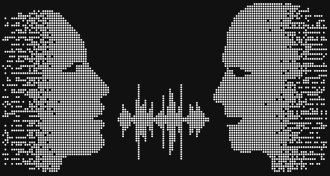 Genetics
GeneticsThe ‘language gene’ didn’t give humans a big leg up in evolution
Scientists have long debated the role of a gene called FOXP2 in recent human evolution.
-
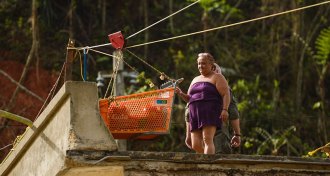 Health & Medicine
Health & MedicineHurricane Maria’s death toll in Puerto Rico topped 1,100, a new study says
According to data from the Puerto Rico vital statistics system, Hurricane Maria killed an estimated 1,139 people.
-
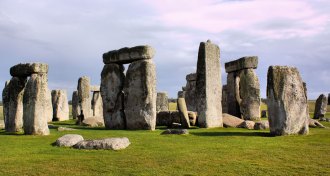 Anthropology
AnthropologyCremated remains reveal hints of who is buried at Stonehenge
Ancient stone monument held burials of people from more than 200 kilometers away, a new study suggests.
By Bruce Bower -
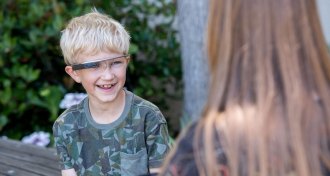 Health & Medicine
Health & MedicineGoogle Glass could help children with autism socialize with others
Google Glass has a new lease on life, and this time it’s helping children with autism improve their social skills, a pilot trial suggests.
-
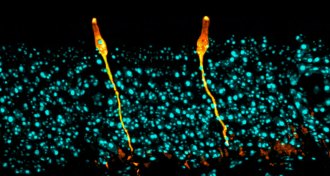 Health & Medicine
Health & MedicineNewfound airway cells may breathe life into tackling cystic fibrosis
A newly discovered cell in the lining of the airways is the primary site of activity for the gene that, when defective, causes cystic fibrosis.
-
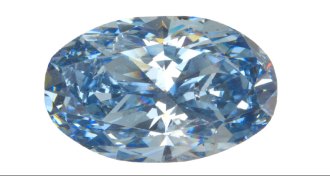 Earth
EarthRare blue diamonds are born deep in Earth’s mantle
Rare blue diamonds are among the deepest ever found, and hint at possible pathways for recycling of ocean crust in the mantle.
-
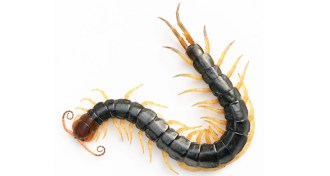 Health & Medicine
Health & MedicineA medical mystery reveals a new host for the rat lungworm parasite
Doctors report that A. cantonensis was transmitted to two people who ate raw centipedes, but you can get it from other creatures as well.
-
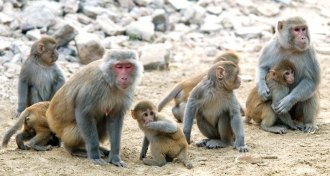 Neuroscience
NeuroscienceAnxiety in monkeys is linked to hereditary brain traits
A key brain connection may be behind childhood anxiety, brain scans of monkeys suggest.
-
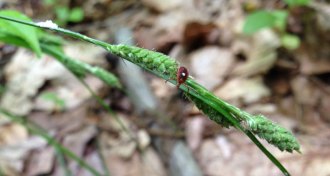 Health & Medicine
Health & MedicineThis tick may play a part in gumming up your arteries
Having antibodies to a sugar tied to red-meat allergy is associated with more plaque in the artery walls, a small study shows.
-
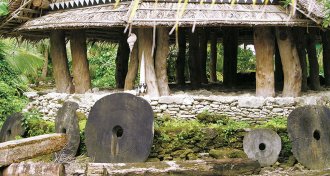 Anthropology
AnthropologyHow an ancient stone money system works like cryptocurrency
Money has ancient and mysterious pedigrees that go way beyond coins.
By Bruce Bower -
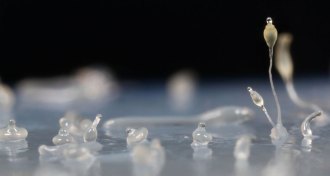 Microbes
MicrobesHow a slime mold near death packs bacteria to feed the next generation
Social amoebas that farm bacteria for food use proteins to preserve the crop for their offspring.
By Susan Milius -
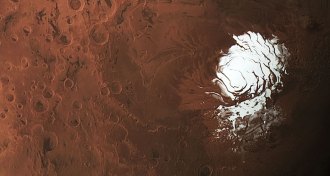 Planetary Science
Planetary ScienceWhat does Mars’ lake mean for the search for life on the Red Planet?
A lake spotted hiding under Martian ice could support life, but finding out if anything lives there could be challenging.